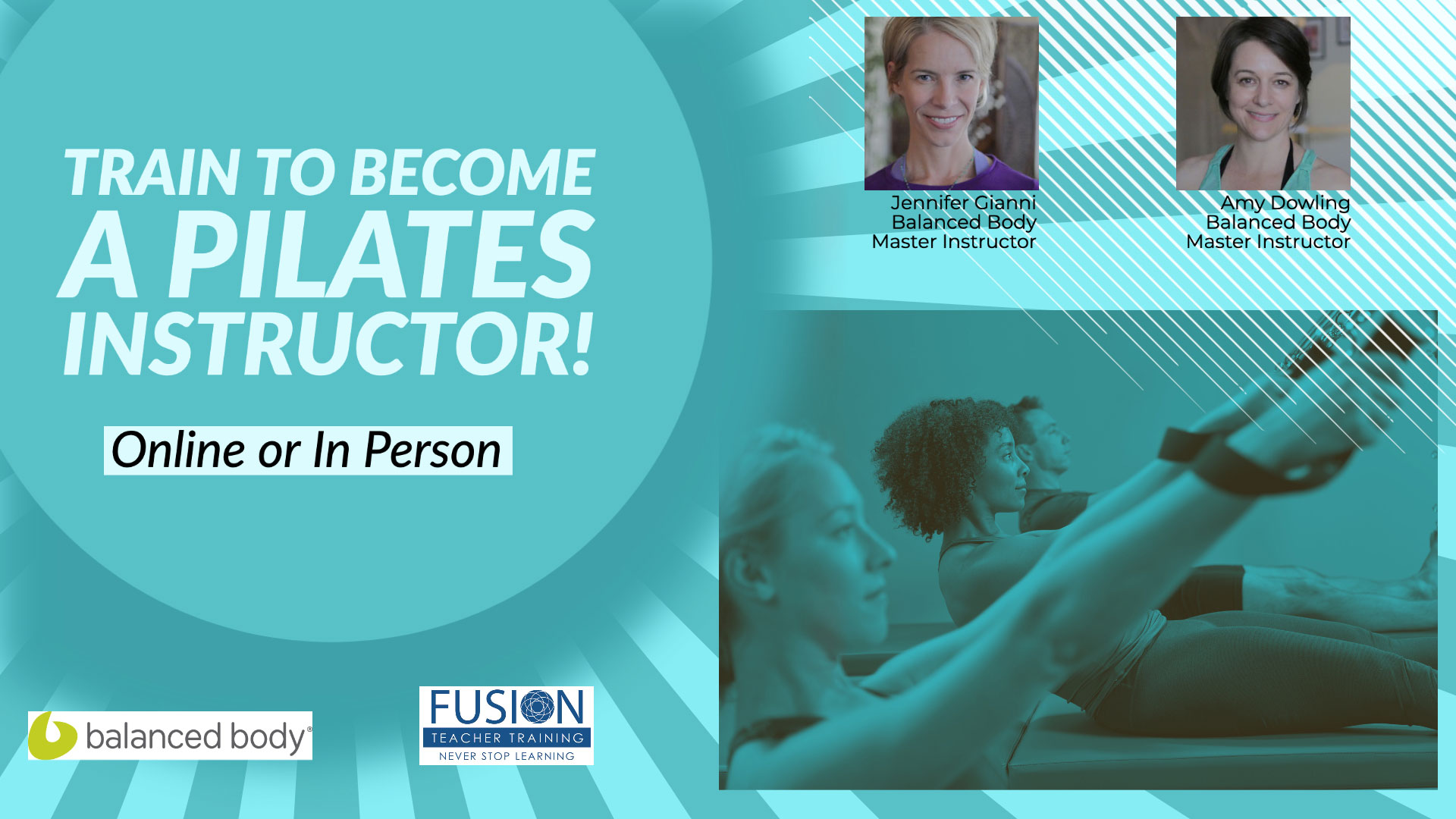To understand Pilates, it’s important to know a bit about the background of its creator, Joseph Hubertus Pilates. Pilates was about fifty years ahead of his time and so did not enjoy financial success during his life. He did not receive appreciation of his work until long after his death.
Pilates was interested in physicality from an early age. As a young boy in Germany, he was diagnosed with rickets — a disease causing softening of the bones due to vitamin deficiency. Instead of succumbing to this weakening of his body, Pilates became obsessed with fighting the effects of this disease. His battle lead him to martial arts, boxing and various other disciplines involving the use of the body. By his late teens, Pilates’ physique was such that he was hired to model for anatomy charts.
When WWI broke out, Pilates was residing in England and making his living as a boxer, a circus performer, and a self-defense instructor. Being a German citizen, Pilates was held as a resident alien in an internment camp for the duration of the war. He immediately took it upon himself to lead his fellow detainees in daily exercise programs. According to Pilates, when the influenza epidemic of 1918 broke out, none of the inmates that followed his regimen became ill. He believed in exercise as preventative medicine and this belief shaped much of his future work.
After the war, Pilates worked as an orderly at a hospital in the Isle of Man. He was in charge of thirty patients and worked with them every day to give them whatever exercise was feasible. This was unusual and even frowned upon, as the common treatments of the time consisted solely of bed rest and medications. Pilates believed that bed rest was the worst thing for those recovering from war injuries and other ailments. He began to rig the hospital beds with ropes and pulleys attached to springs to create resistance so that his patients could rehabilitate muscles (or just keep them working) without getting out of the bed. The exercises that Pilates created for his patients helped them to recuperate faster and also fought off the secondary infections that killed so many in those days. These jerry-rigged hospital beds laid the foundations for the multitude of exercise machinery Pilates would later invent. Many believe, as I do, that Pilates was our first physical therapist.
After the war, Pilates returned to Germany where word had spread about his techniques and their success. He was approached by the Brown Shirts (who would later become the Nazi Party) to train their police force. Pilates could tell that nothing good was coming from this organization and immediately fled Germany on a ship for America where he met his future wife, Clara, during the journey. Clara was a nurse who helped Pilates develop his work and worked closely with him in teaching his students.
Joseph and Clara arrived in New York City in 1926 and rented a small studio in the same building that housed the New York City Ballet. It was during this period that Pilates developed and built what would become his trademark equipment- the most famous being the Cadillac and the Reformer. These machines were amazing in their simplicity and their ability to stabilize and support the body while directing exercise to specific muscle groups, focusing the work on a concentrated area in the most efficient way.
Pilates worked with all types of clients, but his success in injury rehabilitation made a strong impression on the dance community. He helped these dancers and other athletes who already possessed flawless physiques to become even stronger and more flexible.
Pilates was quite passionate about his work. He spent years talking to anyone and everyone who would listen. He had dreams of introducing his vision of mind/body fitness into every aspect of life, from elementary schools to military training. While the medical community could not grasp the results Pilates was getting and would not recognize his work or achievements while he was alive because he was not an MD, the people he helped surely gave him his due credit. The genius of his work is now widely recognized and Pilates has become the largest growing exercise trend.
~by Jennifer Gianni
Thanks for reading, and please add your comments below!




Leave A Reply (No comments So Far)
Please - comments only. All Pilates questions should be asked in the Forum. All support questions should be asked at Support.
You must be logged in to post a comment.
No comments yet.